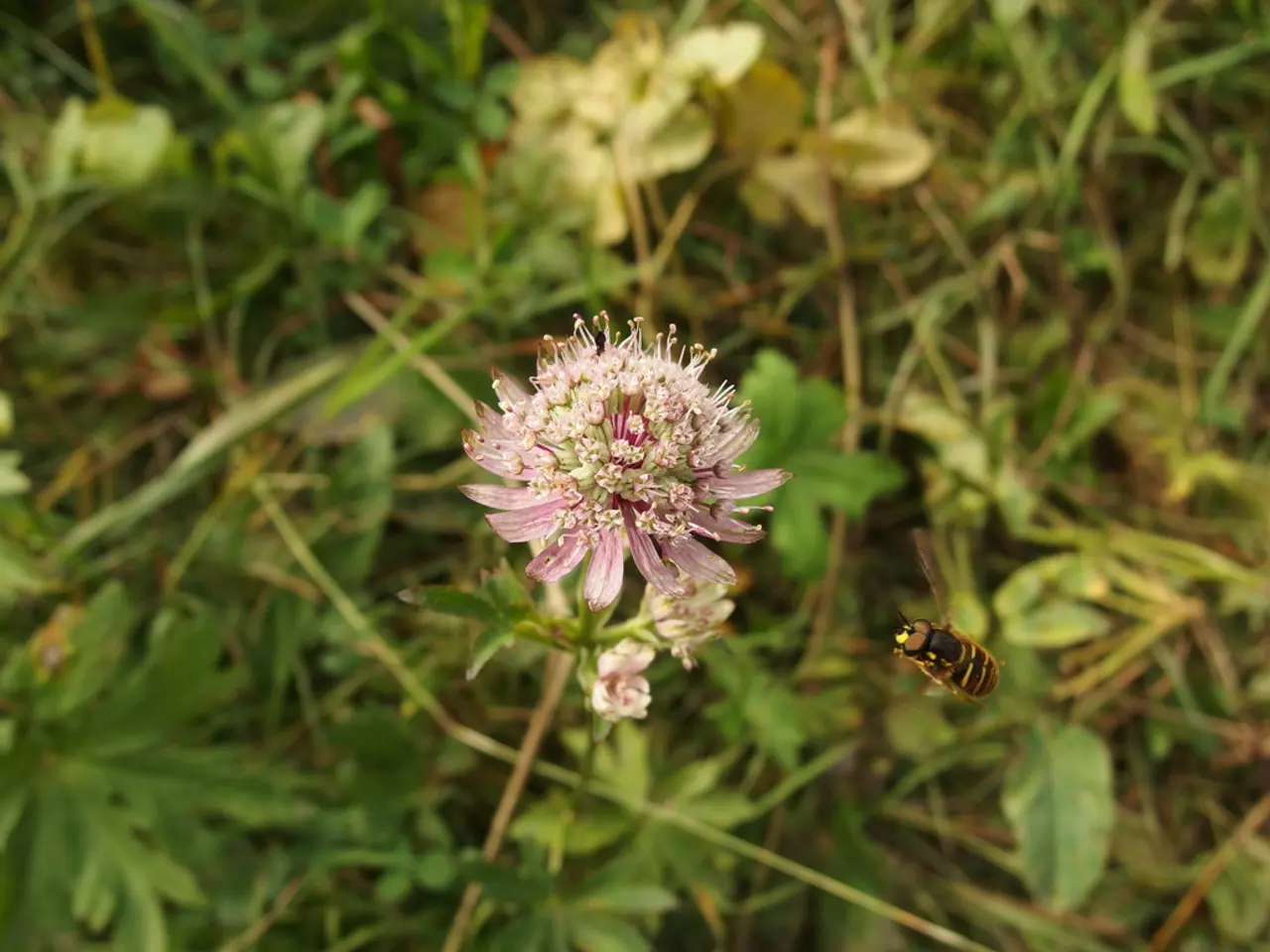Strategies for Maintaining Radiant Garden Appeal Throughout the Entire Year
Garden Design: Maintaining Visual Appeal All Year Round
A collaborative post
A blooming garden is an enchanting sight, particularly in the summer, yet winter weather can often cause blooms to fade, leaving a garden looking dull and lifeless. However, careful planning can help maintain a garden's texture, color, and structure throughout the seasons.
Creating a Garden:Building a garden can be a satisfying pursuit, but it may feel overwhelming to keep it looking pristine year-round. Here are some simple tips for maintaining your garden's beauty throughout the seasons.
1. Researching Native Plants
Before preparing the garden bed or purchasing plants, research the plants that are native to your area. Visiting other gardens and learning from their successes and challenges can provide valuable insights for your garden. Researching in advance can help you prepare for potential issues and discover plants that thrive in your region.
2. Laying the Garden Foundation
Once you know which plants will thrive in your location, you can begin designing the garden base. Shrubs and trees make a good foundation, and a combination of deciduous and evergreen materials will ensure that each species is prominent during its growing season. Consider incorporating shrubs and trees with interesting structures, as they add a sculptural element to the garden during the winter months when plants shed their leaves.
3. Layering Plant Material
Layer your garden by adding a variety of heights to create depth and interest. This ensures that small perennials won't be overshadowed by the larger shrubs and trees in the background. In turn, this simplifies maintenance tasks, as perennials, which require more attention, will be easier to tend to in the front of the garden.
4. Inventorying and Filling Gaps
Make a list of all the plants in your garden and note their blooming schedules. This inventory can help you identify gaps in the blooming sequence, allowing you to easily fill those gaps with shrubs, annuals, or perennials like tulip bulbs. Remember that some plants may not thrive in your garden, even if they grow in your region and bloom there.
5. Regular Garden Maintenance
Consistent maintenance practices, such as weeding, mulching, and fertilizing, can help your garden thrive throughout the year. For example, mulching provides food for plants, as well as moisture retention, weed suppression, and temperature regulation. Don't hesitate to leave spent blooms on a plant after the flowering season, as they can add color and interest to the garden in the winter and provide food and shelter for birds and pollinators.
6. Utilizing a Planning Assistant
It can seem impossible to maintain a year-round garden due to the numerous tasks involved, such as keeping up with the flowering schedule, colors, sunlight, moisture, and growing zones. Fortunately, seeking help from a professional with in-depth knowledge of your plants and garden can make everything easier. Garden planning apps are also available to streamline the process of caring for your garden.
7. Introducing a Water Feature
A water feature, such as a pond, fountain, or even a water bowl, can bring life, interest, and activity to your garden. These features can create a calming atmosphere and attract wildlife. A gentle fountain's sound can help neutralize excess noise, while a pond can serve as a home for fish and attract various bird species.
8. Planting with Sensory Considerations
Consider all five senses when selecting your plants to create a multi-sensory garden. Edible plants can make gardening a family activity, while fragrant flowers and herbs can engage the sense of smell. Soft grasses and smooth stones can be touched for texture, and the sight and sound of a babbling brook can be a delight in the garden.
By incorporating these strategies, you can create a year-round garden that is beautiful and engaging for all seasons. Happy gardening!
Previous post - Next postThis post is contributed by a content partner. The content is meant to inspire you to journey towards slow, simple, soulful, and sustainable living with enriching ideas, and may contain (affiliate) links to articles, webpages, or products/services that may interest you.
Sign up for our newsletter here to receive inspiration regularly.
Categories
slow & simplehome & cosynature & seasonstravel & exploresmall business
Directory
crafts edibles experiences fashion home kids paper places self-care, services
- Embracing slow living, consider establishing a small home-and-garden business that focuses on selling native plants and offering gardening advice, helping others create winter-ready gardens that add beauty and serenity to their personal spaces.
- To enrich your garden lifestyle and support local small businesses, fill gift baskets with unique finds such as local honey, handmade decor items, and gardening tools, then offer them as sustainable holiday presents to friends and family, promoting a Slow Living ethos.








